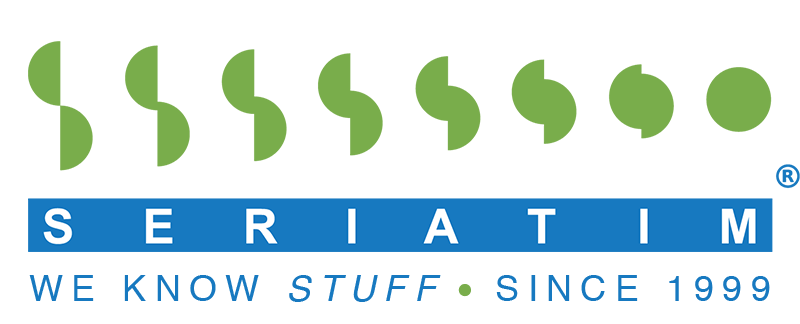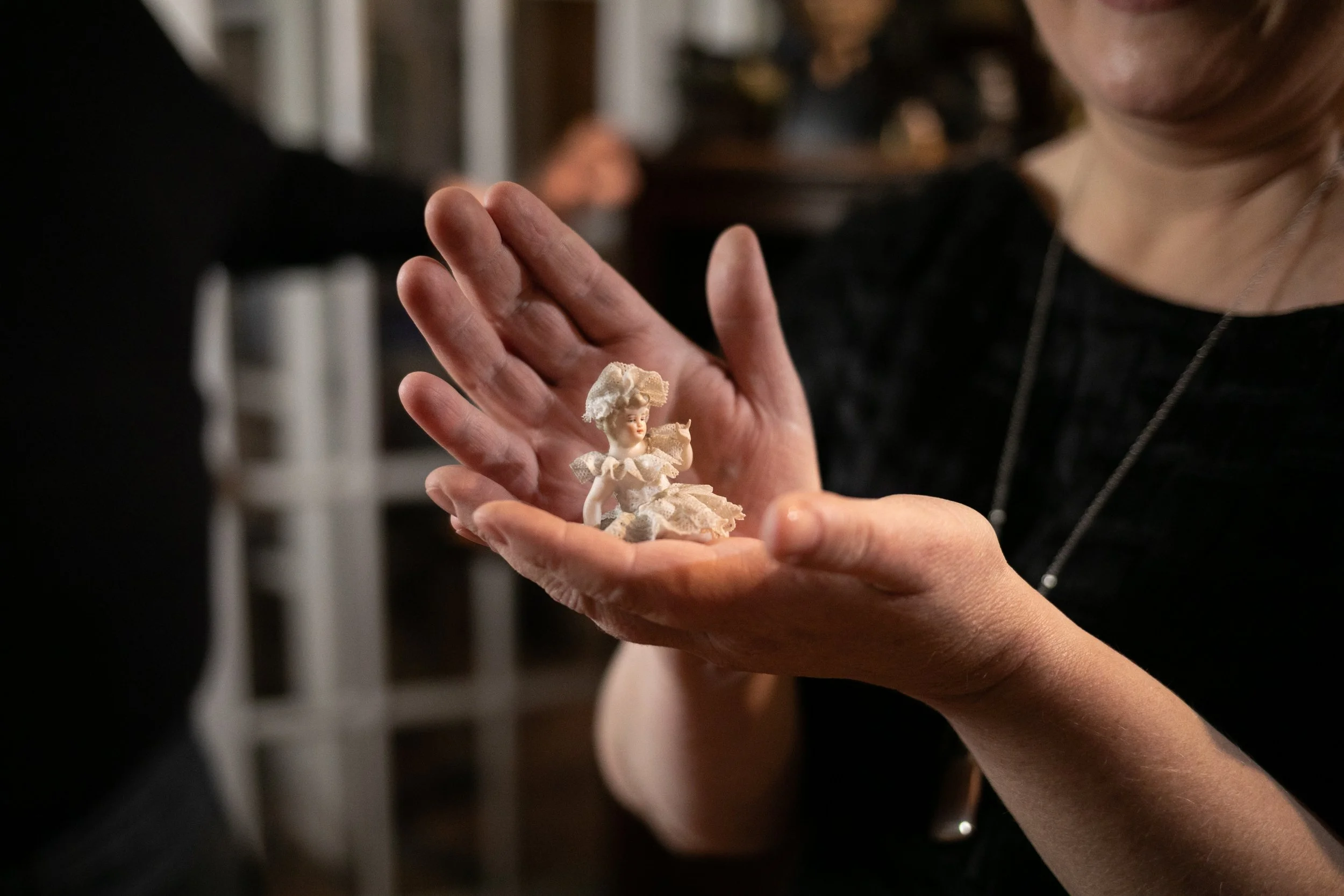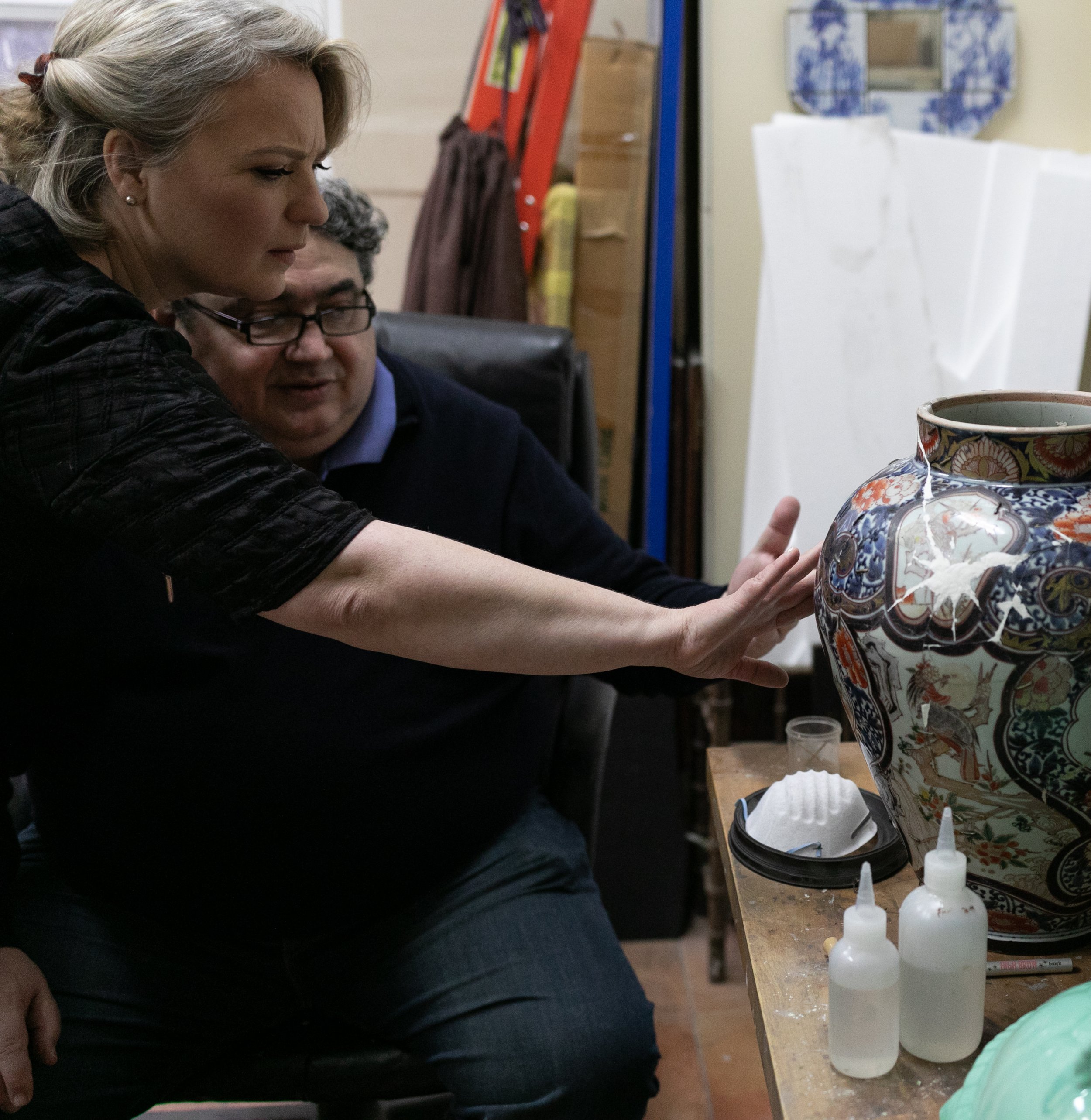Seriatim CEO & Founder Sonya Weisshappel on Selling and Donating Post-Pandemic, the Value of a Good Inventory, and Her Love of The RealReal
Q: Sonya, you’ve been an organizer in New York City for almost thirty years. You incorporated Seriatim in February 1999. We’re all proud of your achievements. What has changed, and what has stayed the same?
A: New York City changes every day, every minute. Think about the changes from April 2020 to April 2021 and now April 2022—that’ll hurt your head if you think about it for too long! Hopefully, we’ve learned some big lessons and continue to learn and evolve. I will say, however, that my clients’ problems don’t really change. Nor does my approach to helping solve some of them. Behind the scenes, at our office, the solutions may change. There may be more of a trial and error as we navigate out of the pandemic. But my motto—my philosophy—is to treat others how you’d want to be treated and to begin and end every job with empathy and kindness. That never changes. The big life transitions happen to all of us: the death of a parent, the loss of a loved one, downsizing your home. Everyone needs help sooner or later.
Q: That sounds overwhelming. How do you even get started on those projects?
A: Funny you should ask. I hear that over and over when I’m on the phone with or standing in front of a prospective client. They always say, “I don’t know where to begin.” They know what needs to happen—sometimes they even know when it has to happen—but they don’t always know where to begin the journey. Every job is different, but all of them have a starting point.
Q: Where do most jobs begin? Is there a common thread?
A: Yes, there is. We ask a simple question: “Do you know what you own?” Generally speaking, people don’t know what they own. That’s why I’m such a fan of having an inventory. If you’re relocating or renovating—or managing a move for a loved one—you must have an inventory. You should have one even if you’re not moving. It’s always a good idea. It’s the tool that will carry you through your project and remain with you long after you’ve settled into your new home.
Q: You once said that you made your first inventory with a Sharpie pen and Polaroid instant film. Is that true?
A: Totally True. Painfully true, in fact! Times have changed for the better. There’s great technology, tons of amazing DIY options. Here at Seriatim, we partner with EstateSpace to collect and tag the photos we use to create our beautiful inventories. My team loves using it. It’s good for novices, too. Even so, I wouldn’t recommend doing it alone. A lot of organizing goes into what we call “prep” for an inventory. Chaos and inventories don’t mix. It’s OK if you need to hire a professional!
Q: You’re constantly pounding the pavement and talking with industry insiders. What are the trending topics these days? What’s on everyone’s mind?
A: No matter who they are or where they’re coming from or going to—Upper East Side, SoHo, Brooklyn, Riverdale, Westchester, Greenwich, you name it—they always say, “There may be a few items to sell.” Sometimes they ask, “How much is this or that worth?” The answer may be different if you ask, “How much can I get for it?” It’s elusive; details matter. Was it a gift? Did you inherit it? Did you purchase it? If so, did you pay full price? In the auction world, there are tiers and distinctive classifications. There are places like Christie’s and Sotheby’s for “museum-quality” pieces, but the tiers get broader and broader and harder to navigate. Of course, you have to find the right appraiser. It’s an extraordinary industry with fascinating people. There are appraisers, buyers, and collectors who only do certain periods and styles—it’s the art behind the art. Donating is one thing—that has a tiered system, too. But selling an item is the most complicated thing you can do. The timeline plays a more significant role. When can you sell? On what terms? Do they pick it up, or do you drop it off? Is it being shipped? One must consider all of those factors. And that’s just for your objets d’art! Clothing is a whole other matter.
Q: How is selling clothing different?
A: Well, the consignment world has changed so much. At one point, I had to stop telling my clients I’d manage their consignment needs. We’ve lost many of the great old consignment shops. Truth be told, it was always hit-or-miss. The local consignment places didn’t have the storage for items that were out of season. No matter where you went in the city, they’d only take certain things at certain times. It never ceased to amaze me—they were barely making overhead! And you had to do all of the work. In the age before Google Maps, you’d have to find the nearest place in your zip code, walk the stuff over, cross your fingers, and hope for the best. Remember Craigslist? I guess people still use Craigslist for furniture. For collectibles, eBay is still remarkable. But do you want to go through the hassle of selling those items and managing strangers’ expectations? Just give up and donate it to HousingWorks. For the average consumer, it’s a lot to learn.
Q: So, what’s the solution?
A: Some people live for the scavenger hunt. I don’t. I’m not a shopper. But I do like a good bargain, especially when my clients are involved. Lately, I’ve been recommending The RealReal. They come and get your stuff, take photos, allow you access to an online portal, and send you a check when it sells. I wish it were always that easy! I love using it, so I know my clients feel the same way.



